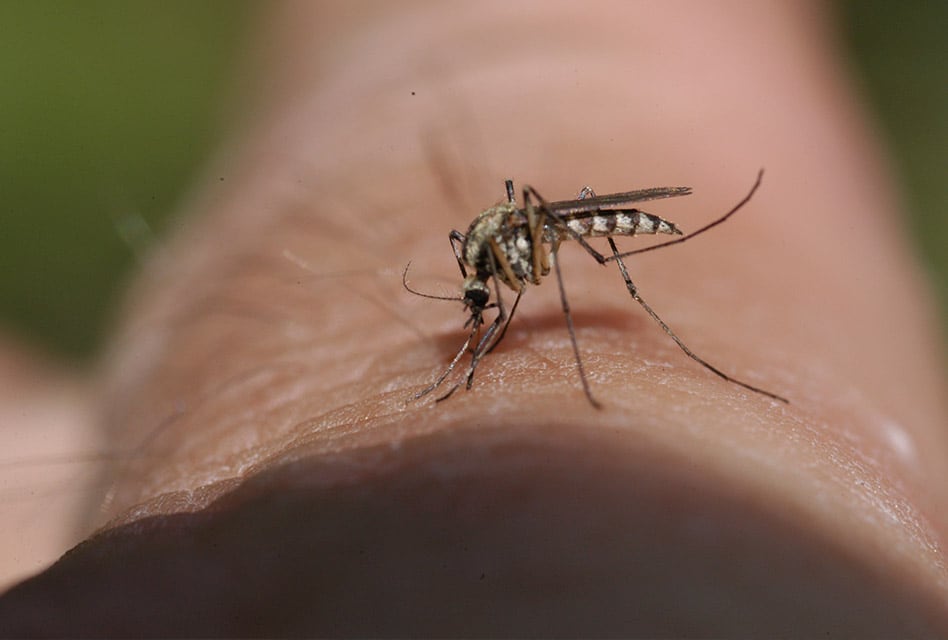Mosquito Research and Funding
Find nearby providers to get rid of mosquitoes today
Mosquito research and funding is an important factor in maintaining the public health of people all around the world. Without funded research, we would not be aware of the many diseases passed to humans and other animals by the insects, which have caused widespread epidemics throughout much of the world. Even in the U.S., where a large amount of mosquito research and funding originates, the instances of West Nile Virus passed to humans by mosquitoes continues to rise, even as the population of mosquitoes falls through control and prevention.
Research
Mosquito-bourne disease research is not one of the most popular scientific areas of study, and is often overtaken in both volume and funding by studies into lesser known diseases. Research into the transmission of viruses by insects to humans and animals is relatively young in its history; the first research into the transmission of Texas cattle fever by ticks took place in 1893, which lead on to further research into tick and mosquito borne disease.
When considering mosquito research and funding, the relatively small amount of money invested by government agencies at state and national levels is quite shocking. For example, the state of Florida in the U.S. has capped its research funding into mosquitoes at around $250,000 since the early 21st century.
Learnings
Each area of the world has its own varieties of mosquitoes. Research has shown a state the size of New Jersey has more than sixty different species of mosquito. When considering how widespread the insects are around the world, the number of different species that have been discovered is breathtaking.
In order to understand the dangers each type poses, it’s important to understand each species behavior. Through continued mosquito research and funding, researchers have developed the knowledge that the culex mosquito is the carrier of the West Nile Virus. Other research has shown which species are linked to other fatal diseases like malaria and yellow fever.
Behavior
Many mosquito studies have been conducted into the breeding patterns and life cycle of the insect. Research has shown the mosquito prefers to breed and lay its eggs in moist areas of the ground and in stagnant pools. Through this, we have developed the knowledge that mosquito populations can be limited by removing standing water.
Attraction
A recent study by Notre Dame University looked into the reasons mosquitoes are attracted to humans and other animals in a bid to help the development of mosquito repellents. This research found the mosquito is attracted to a chemical produced by humans called nonanal. Birds are also producers of nonanal and are the major transporters of mosquitoes around the globe. As only the female mosquito feeds on blood, knowing why the female is attracted to humans is important in developing repellents to protect humans from mosquito bites.
Because of the fact that the majority of the time mosquitoes are feeding on the sugars produced by plants, the future of mosquito research and funding probably lies in understanding why certain flowers attract mosquitoes. By understanding what attracts mosquitoes we can develop better prevention methods and repellents that can protect us from many dangerous diseases.

